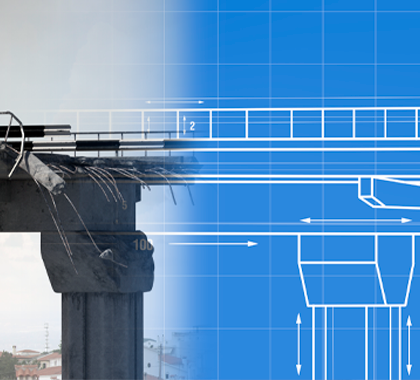‘Crumbling’ Infrastructure
The term “infrastructure” has no universally accepted meaning in economics or elsewhere, but it usually carries with it particular characteristics, such as being capital intensive, with large, long-lived and sunk cost characteristics; publicly consumed in the commons with externality and public good qualities; and government-centric in terms of funding, planning, and heavy-handed regulation.
The key industries and sub-industries that qualify under this definition are communications, including cable TV; postal services; telecommunications and the internet; energy, including electricity and gas generation, distribution, and transmission; transportation, including airports, ports, public transit, railways and roads; and water and sewerage, including dams and pipes.
In recent years, widespread reports have surfaced indicating that much of America’s infrastructure is in serious need of repair. The highest profile report of infrastructure “crumbling” comes from the American Society of Civil Engineers (ASCE).
In its 2017 Infrastructure Report Card, ASCE gave America’s infrastructure an overall grade of D+, and it estimated it would cost $4.59 trillion over a 10-year period to rectify this important problem. ASCE graded U.S. infrastructure in 16 categories, including airports (D); energy (D+); ports (C+); public transit (D-); rail (B); roads (D); sewerage (D+); and water (D).
The Bureau of Economic Analysis provides some support for ASCE’s conclusions, as does the National Bureau of Economic Research, on the issue of underinvestment.
Of course, not all researchers are in full agreement with ASCE on the degree to which infrastructure in the United States is “crumbling.” Two recent challenges to the ASCE view come from the Cato Institute and Mercatus Center at George Mason University.
Regardless of whether U.S. infrastructure is truly “crumbling,” policymakers and analysts generally agree that much work and many reforms are needed to repair, improve, and enhance infrastructure in America. But how, exactly, should these goals be achieved?

